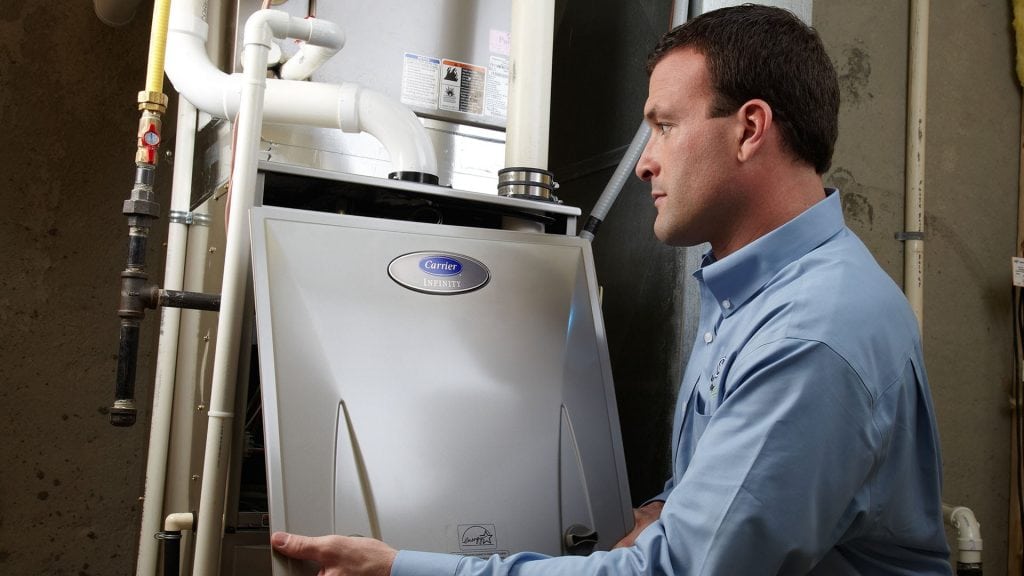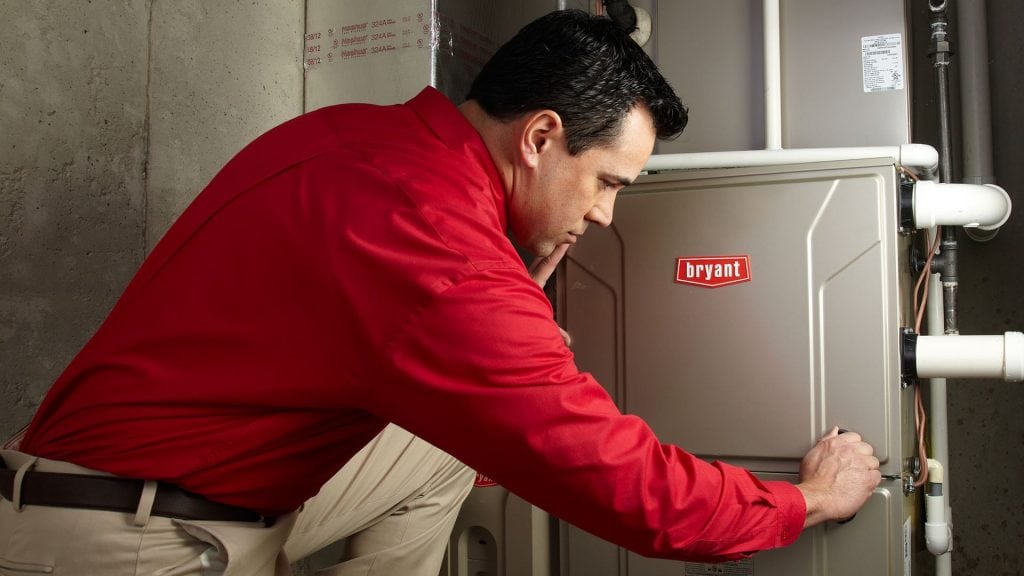How Does a Zoning System Make Temperature Control Easier?

How Does a Zoning System Make Temperature Control Easier?
Homes with zoning systems offer greater comfort because they're divided into separate parts based on each area's thermal characteristics. It can be difficult to achieve even temperature control in a home without zoning since the whole HVAC system is controlled by a single thermostat. The system will run until the area near the thermostat reaches the set temperature, regardless of temperatures in more distant locations.
A zoned home uses dampers in the ductwork that open and close based on the need for conditioning. Each zone has its own thermostat that connects to a central control panel. When that area needs heating or cooling, the HVAC system turns on, opens the damper to that zone, and the conditioned air flows into the rooms in that zone only.



